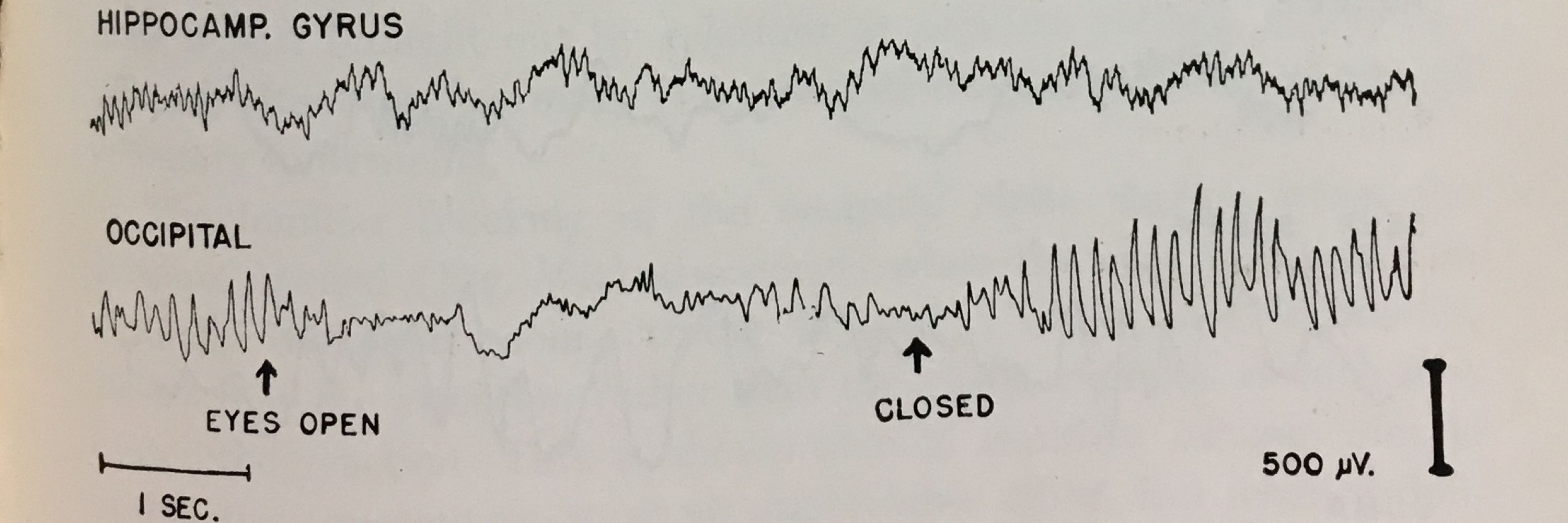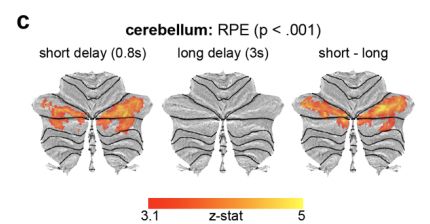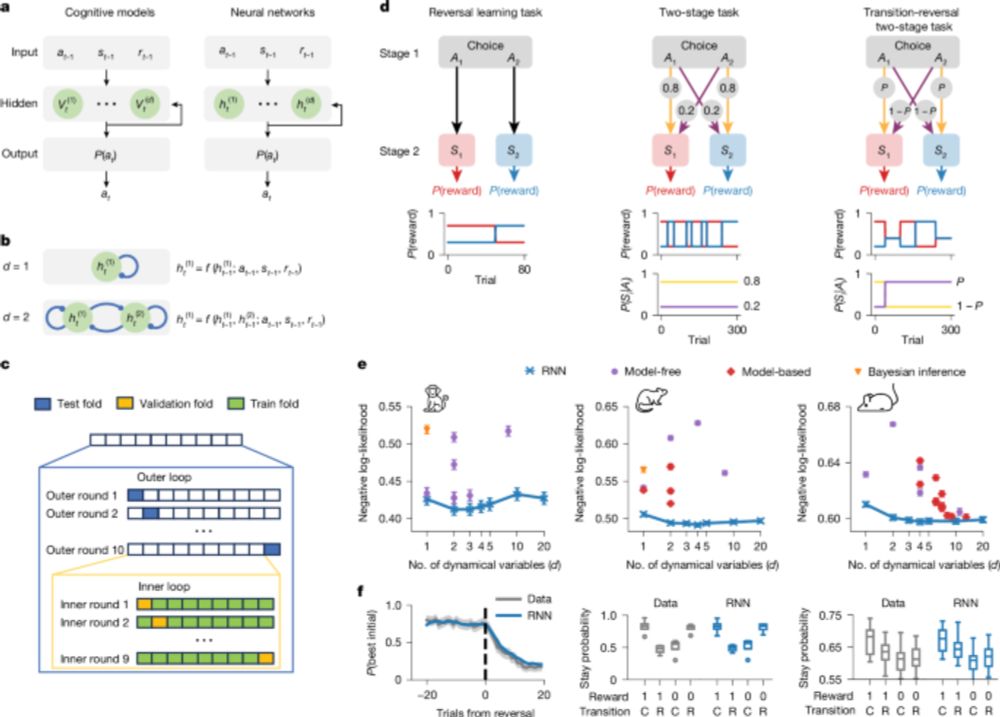Elliot Smith
@neurosmith.bsky.social
470 followers
640 following
110 posts
Human neuronal computations during cognition, seizures, brain stimulation, etc… @ Utah. Www.neurosmiths.org
Posts
Media
Videos
Starter Packs
Reposted by Elliot Smith
Reposted by Elliot Smith
Reposted by Elliot Smith
Reposted by Elliot Smith
Reposted by Elliot Smith
Reposted by Elliot Smith
Elliot Smith
@neurosmith.bsky.social
· Sep 8
Elliot Smith
@neurosmith.bsky.social
· Sep 4
Elliot Smith
@neurosmith.bsky.social
· Sep 4
Elliot Smith
@neurosmith.bsky.social
· Sep 4
Elliot Smith
@neurosmith.bsky.social
· Sep 4
Elliot Smith
@neurosmith.bsky.social
· Sep 4
Elliot Smith
@neurosmith.bsky.social
· Sep 4
Elliot Smith
@neurosmith.bsky.social
· Sep 4
Reposted by Elliot Smith
Ti-Fen Pan
@tifenpan.bsky.social
· Aug 29

Latent variable sequence identification for cognitive models with neural network estimators - Behavior Research Methods
Extracting time-varying latent variables from computational cognitive models plays a key role in uncovering the dynamic cognitive processes that drive behaviors. However, existing methods are limited ...
doi.org











